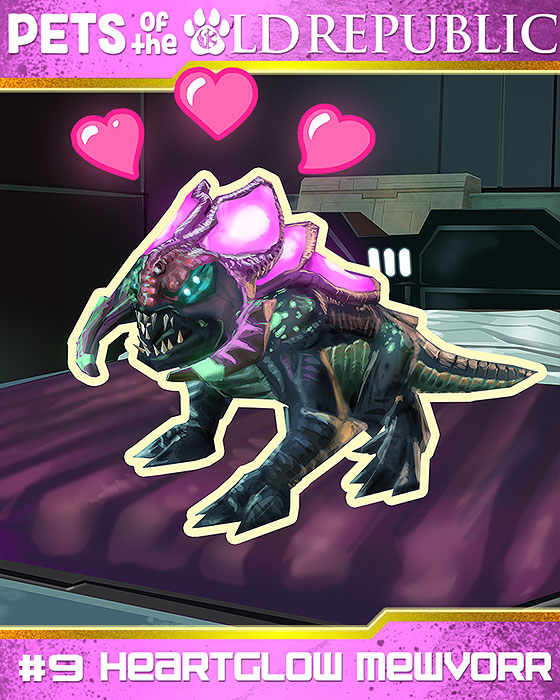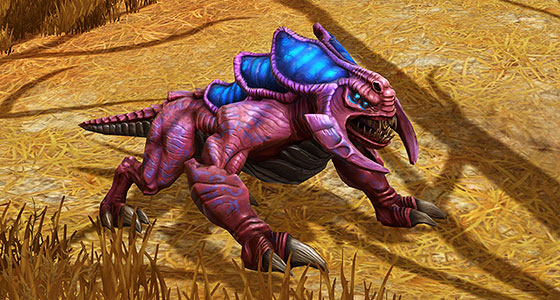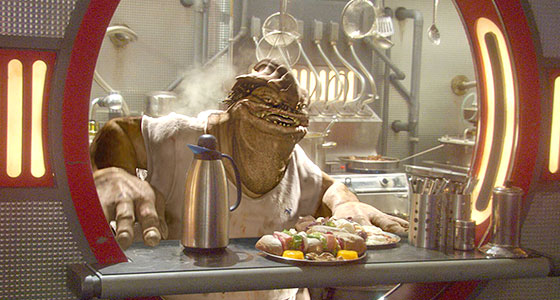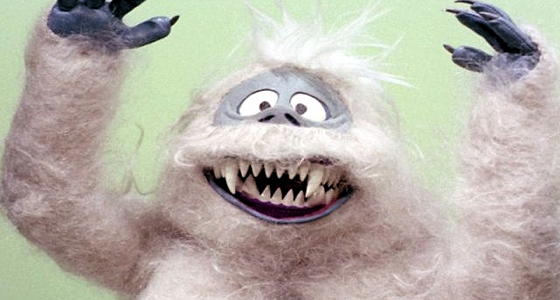As I approach the half-way mark of this project, I decided that the next Pet of the Old Republic ought to be one that can encourage me to keep pressing on towards the finish line. To reach that goal, there is no better choice than Speedy the Turtle.
Speedy is unlike the other pets I’ve covered. Speedy doesn’t follow you on your adventures, instead players can only interact with Speedy by following them on the shore of the Rishi stronghold, where Speedy regularly patrols back and forth along the sandy beach beneath the overlook.
Our Strongholds can often feel rather sterile and quiet, especially compared to other environments in SWTOR, so I always appreciate catching sight of Speedy as they enjoy their walk along the waves. It helps make my stronghold feel more alive. Speedy isn’t a vendor sick of buying my grey items or one of my bored companions staring off into space, Speedy is just out there living their best life and doing their own thing. We can all stand to be a bit more like Speedy, I think.

The Cerulean Turtle and the Juvenile Turtle cheer on Speedy as they make their way up Heartbreak Hill.
For players who want an actual turtle pet to accompany them around the galaxy, there are two options available. The first is the Juvenile Turtle, a pet sold on the Cartel Market or by other players on the GTN. The second is the turquoise blue Cerulean Turtle that can be purchased by players who have reached the Champion reputation rank with either Manaan Invasion force faction.
Finally, in the interest of covering all bases, I am aware that there is a secret achievement involving Speedy. I can assure you, gentle reader, that even if I play SWTOR until they turn off the lights and unplug the servers I will never, ever unlock that achievement.
Turtles All the Way Down
Turtles, like many other familiar animals, serve as inspiration for many aspects of Star Wars lore. In Star Wars: The Old Republic, players will likely have encountered hard-shelled Shaclaws on their quests around the galaxy. Likewise fans of the Ahsoka show will recall the Noti, aliens found on the planet Peridea in a galaxy even farther away. The Noti also have large carapaces on their back that they use for defense and protection.

Shelleigh the Shaclaw makes a surprise appearance in the Nature of Progress operation.
However, both Shaclaws and Noti seem to be more crustacean than the reptilian turtles, and are at best distant relatives to Speedy. That said, as we’ve seen throughout this Pets of the Old Republic project, it’s very common for Star Wars aliens and creatures to mix and match different characteristics of various earthbound creatures into something new. If the Star Wars design aesthetic could be said to have an over-riding goal, it is to make its worlds, creatures and vehicles familiar at first glance but strange upon closer examination.

A Noti and Sabine Wren from Ahsoka.
Inspiration from actual turtles can be found in other corners of Star Wars lore. One of the earliest examples is alien species known as the Yinchorri who were first introduced in the story “The Alderaan Factor”, one of my favorite Star Wars comics of the 1980’s. They would also appear in several of Dark Horse Comics Star Wars stories in the 1990’s and 2000’s. The Yinchori are humanoid aliens, but their physiognomy is most definitely turtle-like, despite their lack of hard shells.

Yinchori pilots from issue 86 of the Marvel’s Star Wars comic series. Art by Bob McLeod and Tom Palmer.
Where we see the most inspiration from turtles in Star Wars, however, is not in any strange alien creature, but in its vehicles. Turtles are among the many earth-bound animals evoked by the movies’ famous Walker military vehicles. An early design of the fearsome All-Terrain Armored Transport from The Empire Strikes Back with its shell-like main body and head sticking out is certainly more turtle-like than the final version seen in the film, but this design would be revisited during the prequel era for the squatter All Terrain Tactical Enforcer which hews closer to a familiar turtle body-type, despite the addition of two extra legs to its mechanical design.
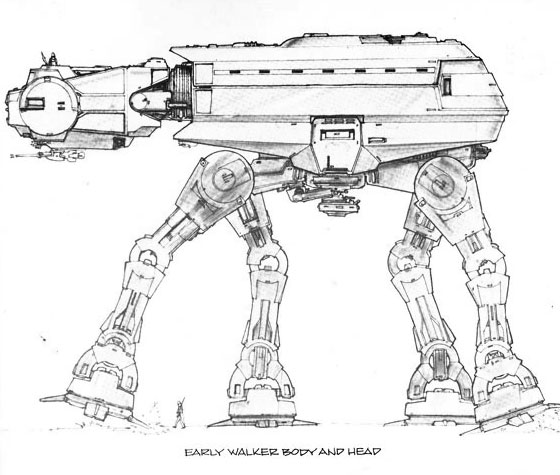
This connection is made explicitly clear in graffiti created by the Clone Troopers which appears throughout the stories of The Clone Wars animated series. The image seen below is a drawing of their tank as a heavily armed turtle familiar to anyone regardless of their home galaxy.

Turtle power!
Ultimately, is Speedy too much of a turtle and not strange enough to be a proper Star Wars alien? I don’t think so. I’m certain an actual herpetologist could rattle off any number of differences between Speedy and a real turtle. For me Speedy is weird and cute enough to feel at home on Rishi, and I hope to see more additions like that in our collection of Strongholds.


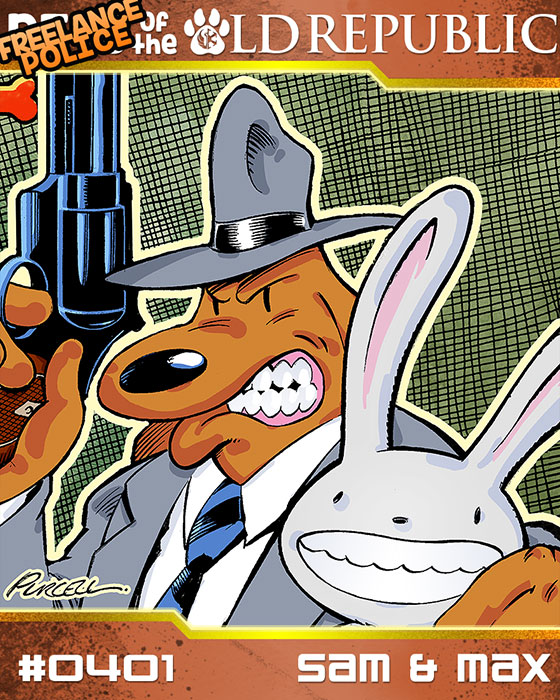


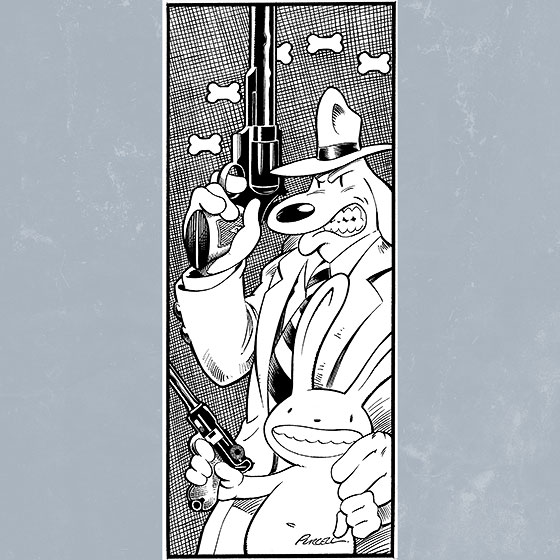






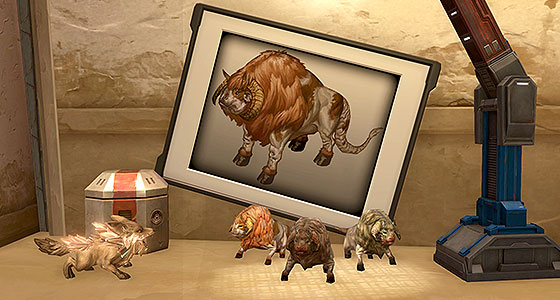
 I would be shocked to learn that Leia’s line in The Empire Strikes Back intentionally referenced a Nerf Ball, but calling someone a “Nerf Herder” always struck me as funny, not because I thought Leia was calling Han a hick farmer, but because it seemed to me that she was saying that the only task up to his speed was wrangling harmless, soft foam toys with which even the smallest child could be trusted. It’s a job so easy, even Han Solo can’t screw it up.
I would be shocked to learn that Leia’s line in The Empire Strikes Back intentionally referenced a Nerf Ball, but calling someone a “Nerf Herder” always struck me as funny, not because I thought Leia was calling Han a hick farmer, but because it seemed to me that she was saying that the only task up to his speed was wrangling harmless, soft foam toys with which even the smallest child could be trusted. It’s a job so easy, even Han Solo can’t screw it up.


